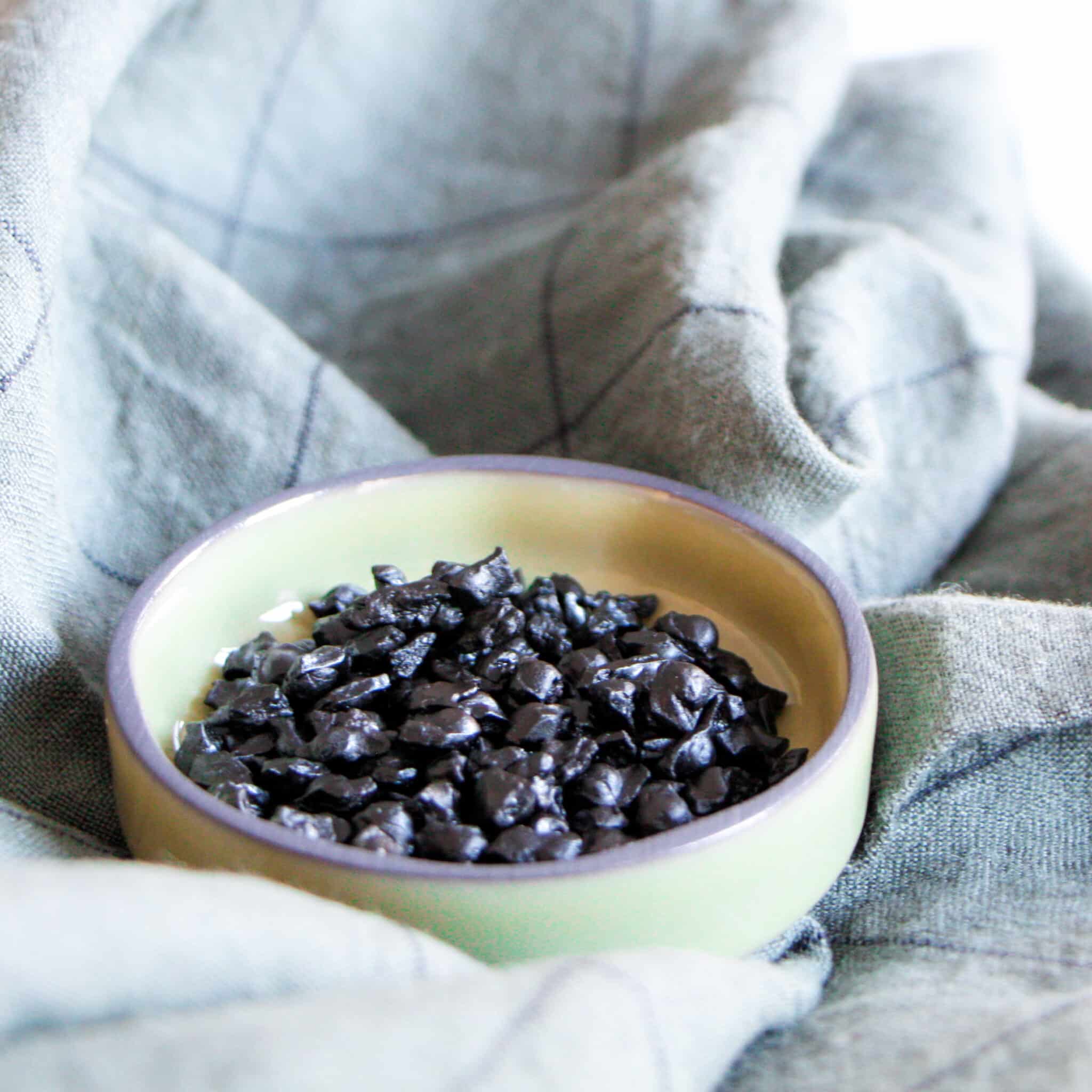Candies
In the North, we have never had a problem with candy. Whether it’s pastilles, babeluttes, chewing gum or nonsense, we’ve always appreciated their regressive virtues.
The miner’s pastille
With the Bêtise de Cambrai, the Pastille du Mineur is one of the most emblematic sweets of our region. Created after the Second World War by the Tourquenois confectioner Georges Verquin, it is presented in the form of a “gaillette” (small piece of coal). It has kept its color and cannot deny its origin. At the bottom of the shaft, to compensate the desire to smoke and above all to clear their bronchial tubes, the miners had indeed taken the habit of sucking these ovoid sweets with extracts of eucalyptus, mint and star anise. For thousands of black faces, the little lozenge very quickly became a bowl of oxygen.
The North, land of Sweets
What do you need to make candies ? Beet sugar. That’s good, we grow tons of it in our fields. At the beginning of the 20th century in Lille, the confectioners competed with imagination. They invented dark brown rectangular caramels (Babeluttes), red or yellow flat palets with a sweet and sour taste (P’tits Quinquins) as well as mint and licorice cachous (Killtoïds). Meanwhile, a little further down in Douai, curious papillotes coated with a coffee-flavored caramel were a real hit (the Chuques du Nord). While in Valenciennes and Marly, mentholated sweets (Sottises) and hazelnut praline puffs (Briques) filled the pockets of the children. If they had any space left, they stuffed them with Chiques de Bavay, slightly bulging square pillows.





